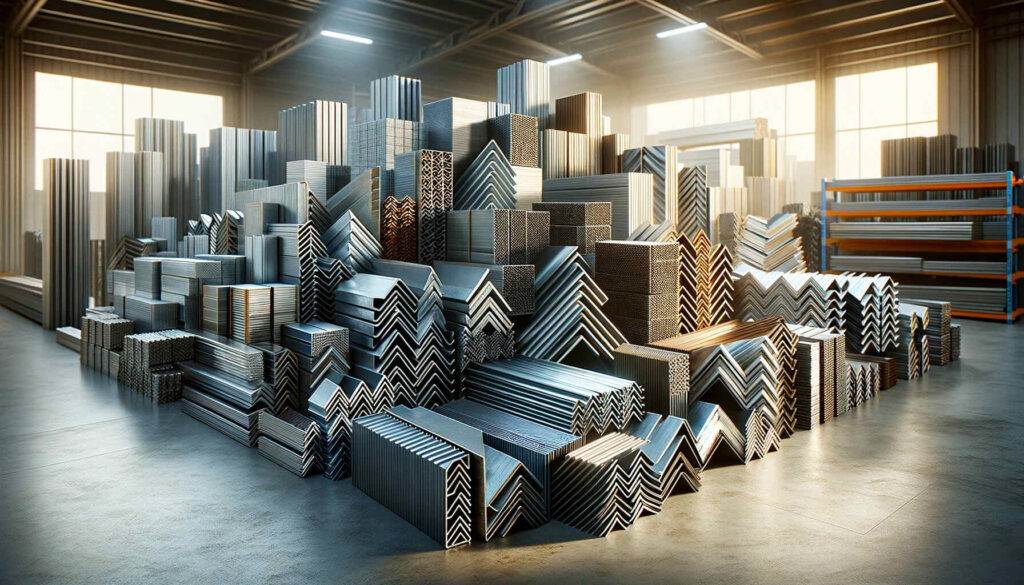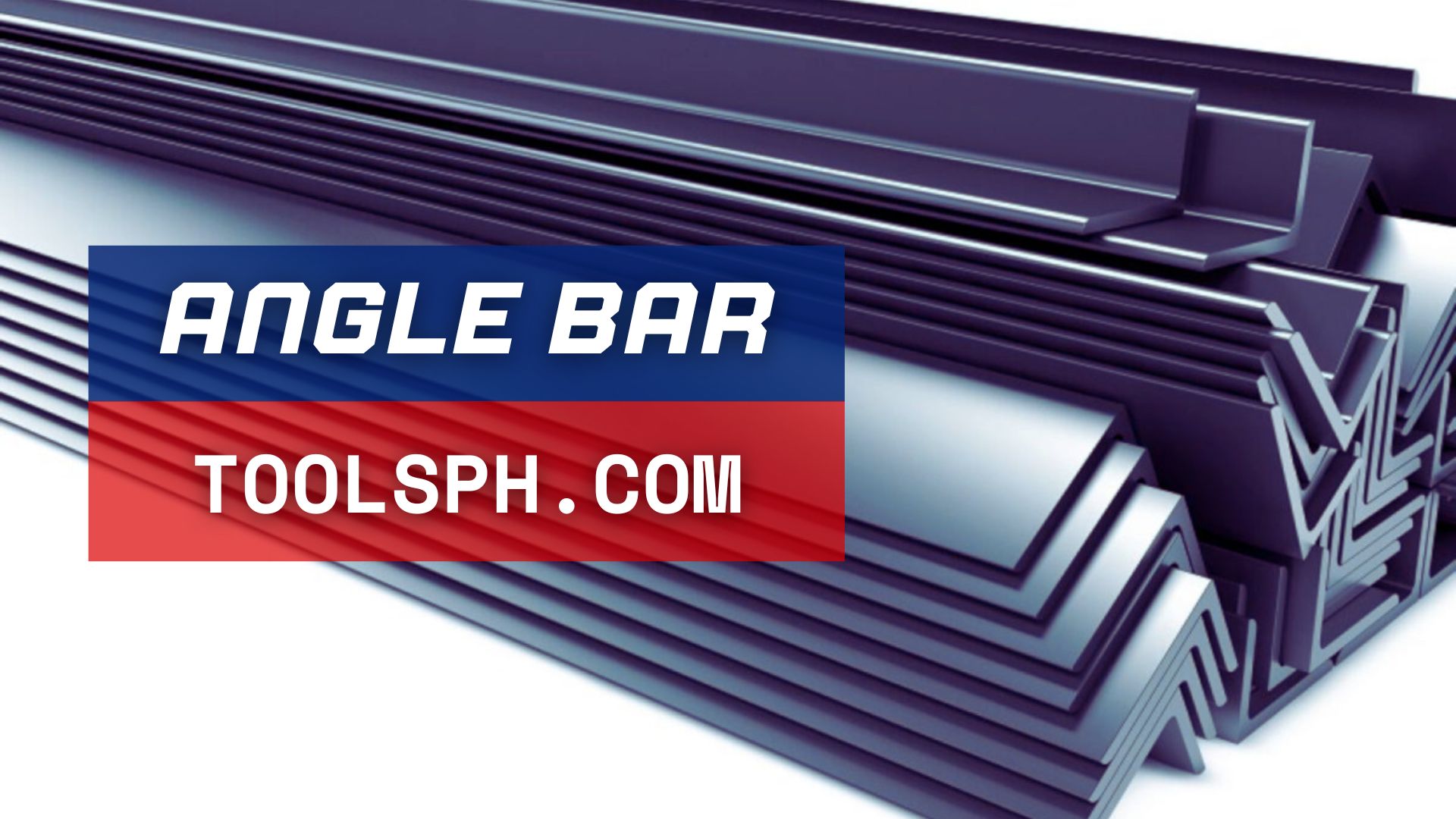An Angle Bar, also known as an angle iron or L-bar, is a structural steel bar with an L-shaped cross-section, formed by bending a single piece of steel at a 90-degree angle, resulting in two legs that form the shape of an L. Angle bars are commonly used in construction and manufacturing industries to create frameworks, supports, and bracing in structures. In addition to the different sizes and thicknesses, the legs of the angle bar can have equal or unequal lengths, offering versatility for various applications.
Angle Bar Prices
Angle Bar prices vary depending on their sizes, dimensions, and length. On average, the price per unit can go as low as ₱616.00 up to ₱2084.00.
| Description | Size/Dimension | Length | Price per unit |
| Angle Bar | 40mm x 40mm x 6mm thick | 6 meters | ₱896.00 |
| Angle Bar | 50mm x 50mm x 3mm thick | 6 meters | ₱678.00 |
| Angle Bar | 25mm x 25mm x 4mm thick | 6 meters | ₱460.00 |
| Angle Bar | 32mm x 32mm x 4mm thick | 6 meters | ₱616.00 |
| Angle Bar | 40mm x 40mm x 4mm thick | 6 meters | ₱661.00 |
| Angle Bar | 50mm x 50mm x 4mm thick | 6 meters | ₱885.00 |
| Angle Bar | 25mm x 25mm x 5mm thick | 6 meters | ₱560.00 |
| Angle Bar | 50mm x 50mm x 5mm thick | 6 meters | ₱1014.00 |
| Angle Bar | 40mm x 40mm x 6mm thick | 6 meters | ₱964.00 |
| Angle Bar | 50mm x 50mm x 6mm thick | 6 meters | ₱1294.00 |
| Angle Bar | 75mm x 75mm x 6mm thick | 6 meters | ₱2084.00 |

Advantages of Angle Bar
Structural Support – Angle Bars are widely used for structural support in construction and manufacturing as it is one of the best in providing stability and strength to various building components.
Versatility in Applications – Angle Bars are versatile and can be suitable in different applications in a range of settings, including building frames, supports, braces, and other structural elements.
Customizable Sizes – Angle Bars are available in various sizes and thicknesses which allows for further size customizations just to suit specific construction and fabrication needs.
Cost-Effective – The efficiency in material usage and ease of manufacturing are what made Angle Bars a cost-effective choice for structural support in construction and manufacturing projects.
Disadvantages of Angle Bar
Limited Shape Variation – Angle Bars have a specific L-shaped cross-section which limits the variety of shapes compared to more complex structural profiles.
Not Ideal for Large Spans – In specific structural projects, particularly for large unobstructed spaces, Angle Bars may not be the optimal choice for supporting significant spans without additional reinforcement.
Weight Limitations – Most Angle Bars have limitations in handling extremely heavy loads, making alternative structural materials more suitable in certain projects with heavy-duty applications.
Challenging to Modify – Once installed, modifying or altering Angle Bars can be very difficult, and will require specialized equipment and expertise. This will add more work time and cost to your project, which is critical for most projects.
Video of Angle Bar
FAQs
What is the Angle Bar used for?
Angle bars are frequently used in roof trusses to provide stable support for beams and other structural platforms.
What are the sizes of the Angle Bar?
A variety of Angle Bar sizes are available in the market, ranging from 25 x 25 to 80 x 80.
Is the Angle Bar strong?
The Angle Bar is extremely strong thanks to the 90-degree bend.
Which type of steel is the Angle Bar?
There are two types of steel in which Angle Bar is made from, hot-rolled carbon steel or high-strength, low-alloy steel.
Which is better Angle Bar or Tubular?
The primary advantage of using Angle Bars over tubular steel sections lies in their superior strength, lighter weight, and cost-effectiveness.


